Texas has a great gardening season when you think about it. While many of us dread the heat, which can creep in as early as April and exit as late as November, your friends with a green thumb rejoice at having a longer gardening season. But if you haven’t already heard (or learned), not just any plant can withstand a Texas summer. Before you run out and start your spring garden, you may want to consider whether or not you have drought-tolerant plants that can survive the hottest months of the year. There’s nothing worse than creating the flowerbed of your dreams, only to walk out a month later to find scorched leaves, wilted stems, and utter sadness across your backyard.
Here are a few drought-tolerant plants to grow in Texas:
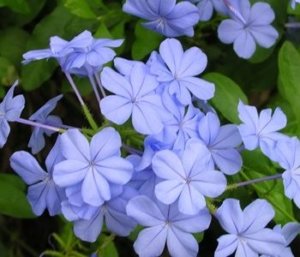
- Flowers in May until frost
- Attracts butterflies
- Can be used a groundcover or trailing
- Best in light, sandy soils with good drainage
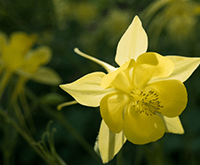
- Reaches 2 – 3 feet tall
- Blooms mid-March through early May
- Attracts hummingbirds and bees
- Prefers partial shade, moist and well-drained soil

- Extended blooming period from July to frost
- Versatile enough for pots, borders, or gardens
- Attracts butterflies and hummingbirds
- Grows to 5 feet tall

- Prefers partial shade and well-drained soil
- Attracts butterflies, birds, and hummingbirds
- Grows 2 – 3 feet, sometimes reaching 9 feet
- Bloom time: May – Nov
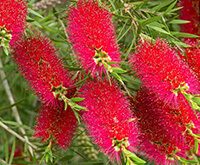
- Bees love the fuzzy red flowers of the bottlebrush
- Drought and cold-tolerant, but some species can be frost sensitive
- Can grow in containers or stand alone
- Resists most diseases and pests
Salvias
Salvias have become a staple for gardeners desiring to build long-lasting colorful flowerbeds. They are hot weather plants, and to get the most blooms and growth, they prefer full sun. You can find them in a variety of colors, including purple, red, blue, white, and even yellow.
Our picks!
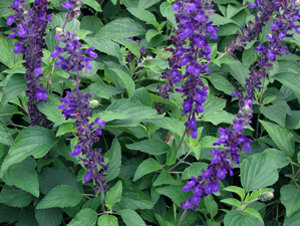
- Easy to grow
- Attracts hummingbirds, butterflies, and bees
- Blooms virtually all year
- Perfect for water-wise gardeners
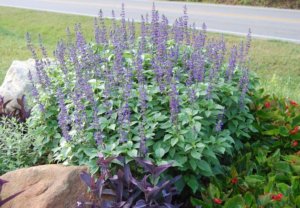
- Blooms all season long
- Tolerant of heat and humidity
- Rarely bothered by pests or disease
- Must be cut back to about one foot after the first frost
Roses
They get a bad reputation for being finicky and high maintenance, when in actuality there are many varieties that require little effort to keep them happy all year long.
Our pick!
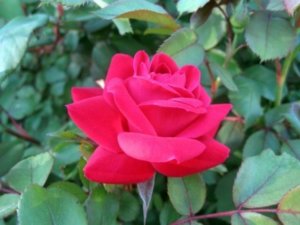
- Little to no maintenance
- Black spot resistant
- Full sun is best
Yuccas
There are at least 40 species of yuccas, with around 20 in the U.S. They produce incredible flower spikes and are easily the focus of any garden with the sheer shape of the plants.
Our pick!

- Easy to grow and require low maintenance
- Attract bees and hummingbirds
- More than 4 weeks of bloom time
- Grow to 60” tall and 36” wide
A Note About Drought-Tolerant Plants
Always read instructions on labels before planting. Many plants reach their drought-tolerance only after being established. Many plants will need to be watered frequently at first, and then will taper off from a diligent watering schedule. Also, just because they are considered drought-tolerant plants does not make them frost-proof. Even one night of freezing weather in Texas can kill a plant, so be mindful of a plant’s needs during the winter time, that is, if you want to see them return the next year.


